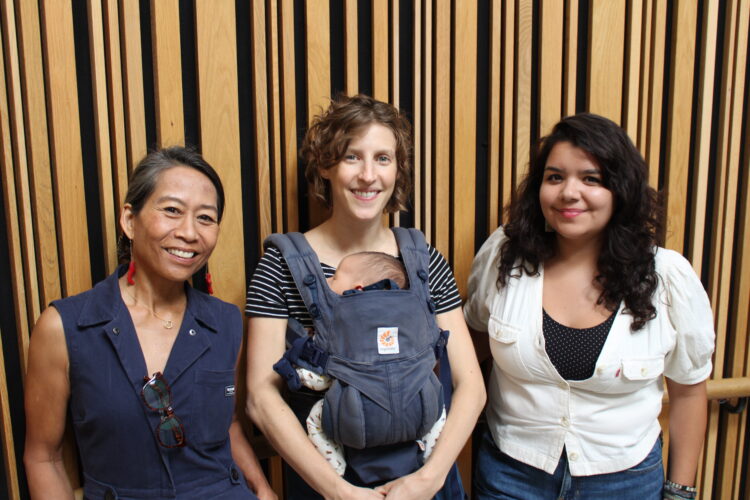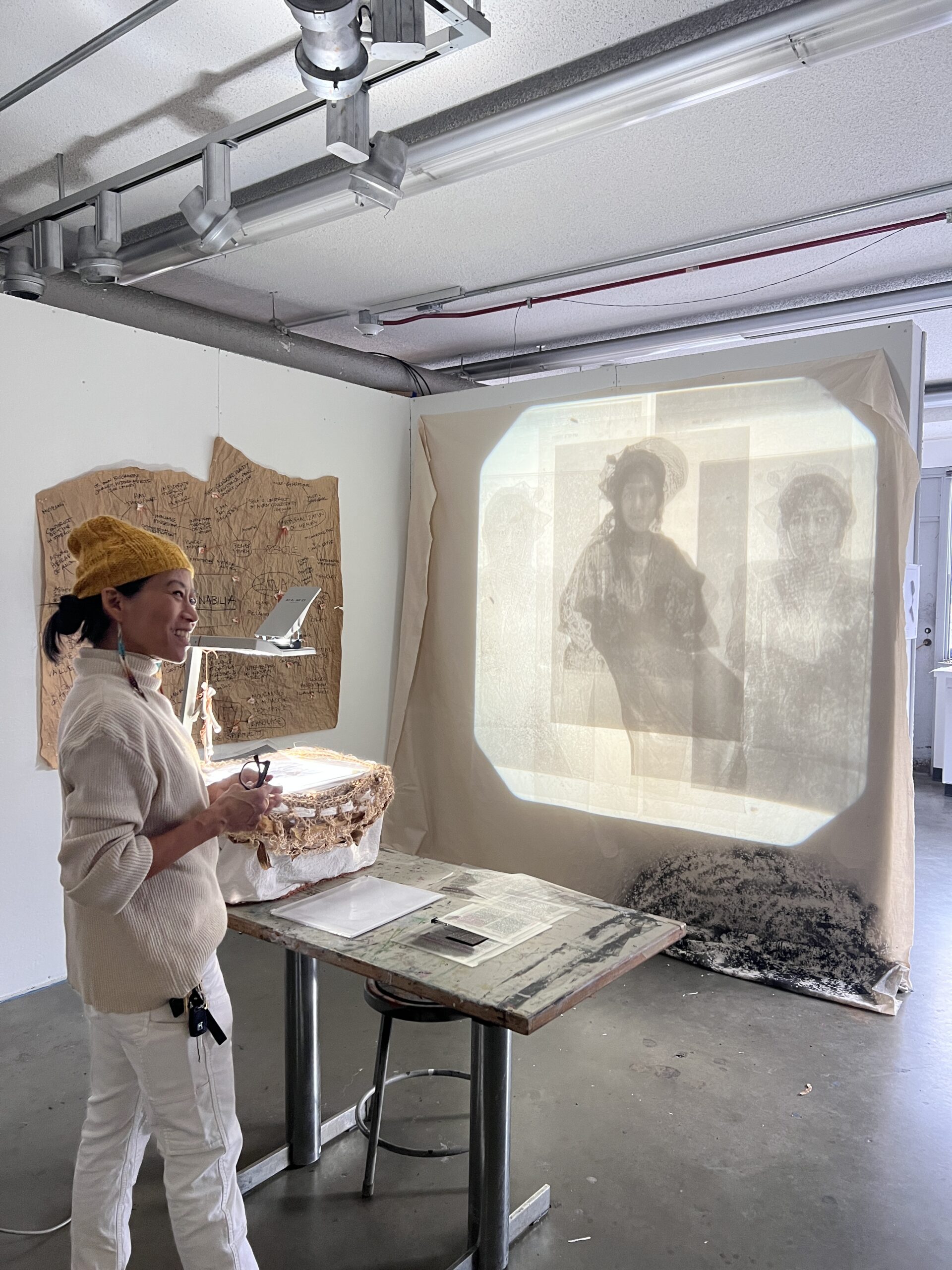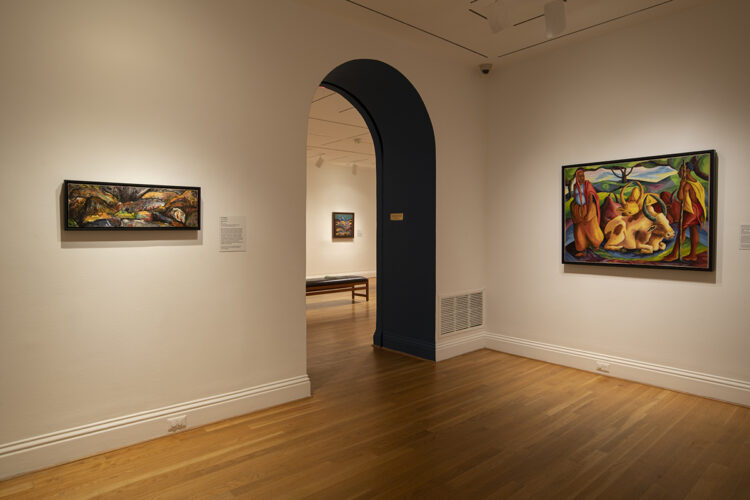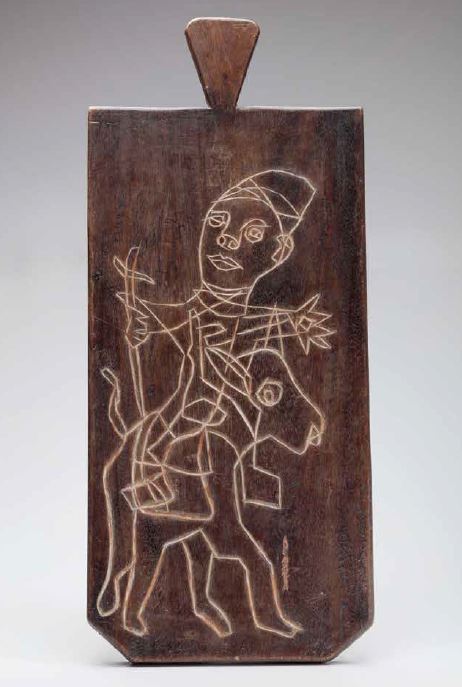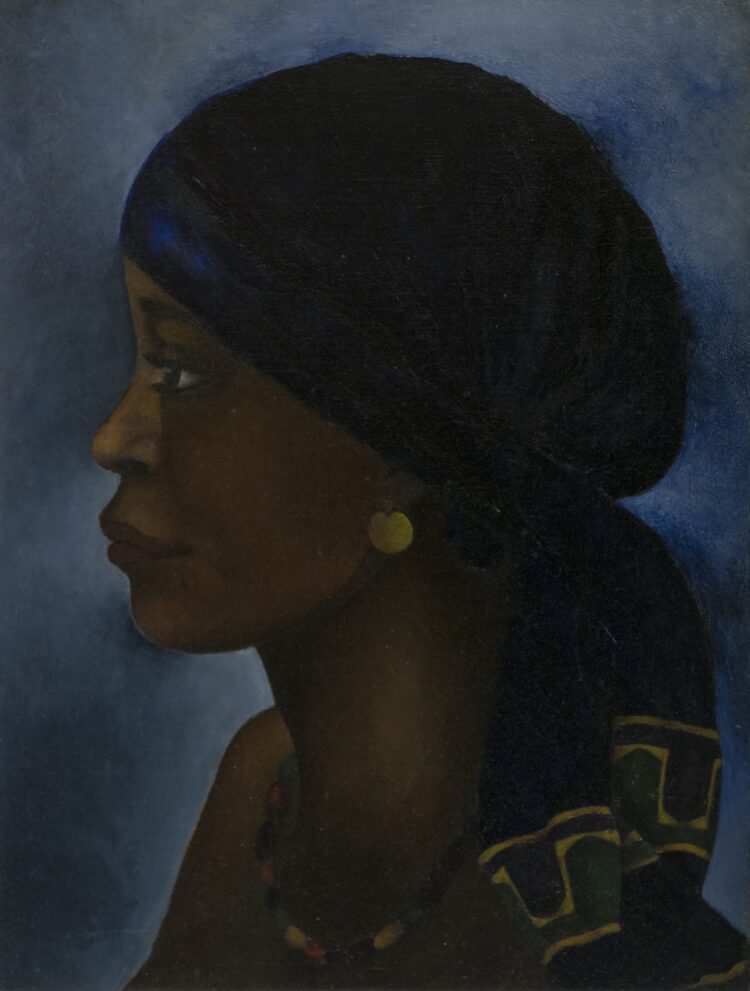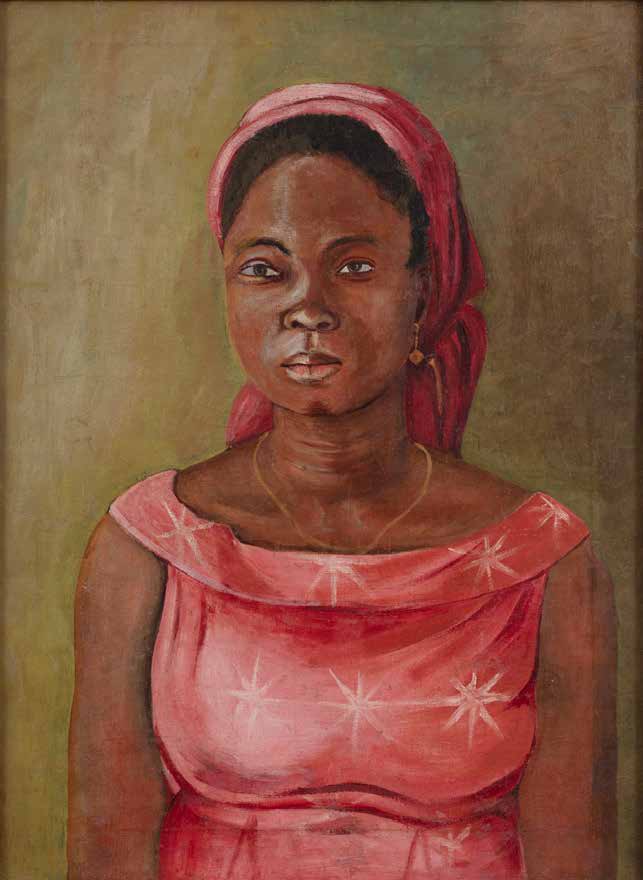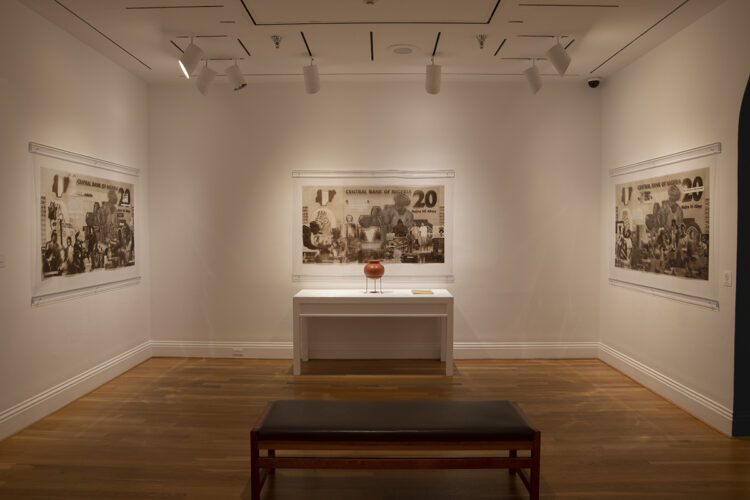The inaugural 12-week CARD Fellowship, a collaboration among the Phillips, the Nicholson Project, and the DC Public Library to support the local art community, concluded in December. Multimedia artist Anne Smith from Syracuse, New York, reflects on her experience.

CARD Fellow Anne Smith
Reflecting on your fellowship journey, how have you grown professionally and personally?
One of the special things about this program would be the relationships that we started to build with each other—relationships that would be sustained and grow over the long term. My mindset heading into the program was that I would need to produce and prove my worth—a very “DC” mindset, I realize now. It became clear throughout a few conversations with the core group—the fellows and the partners from the Phillips, DCPL and the Nicholson Project—that the idea was really much more substantive and forward-thinking than that. Our work has been to build relationships. These relationships, with each other and with other professionals we’ve met as a result of the fellowship, sustain our work in powerful ways and bring meaning to this strange and wonderful life of being an artist.
In what ways were you able to collaborate with the other CARD fellows and partner organizations, and how may these collaborations/partnerships influence your future projects?
Early on, Tina, Paloma, and I started to meet together as a group and decided to make it a regular practice. I think it’s safe to say that we all felt supported and inspired by each other, and fell into an easy rapport that is open and honest about our work, struggles, and visions for what we want to do. I feel so grateful that the fellowship put the three of us together.
The next circle expanding from there has been our collaboration with the CARD Fellowship team from the three partner organizations. Our regular conversations and studio visits with them were thoughtful, fulfilling experiences and I have new plans for my work as a direct result of our meetings. Because of our conversations, I also started a regular writing practice: short reflections on the practices, motions, and activities from my day-to-day that fold right into the kinds of visual work that I do. I’ve been delighted and surprised by the way this writing practice has unfolded. It expands my idea of how my practice is linked with poetry, which opens up new avenues for my work in the studio.
The fellowship organizers also put a lot of thought into creating a “road map” for each of us fellows based on our goals, putting each of us into contact with other professionals who could inform and advise us on those goals. Those meetings are still happening and providing guidance for me on topics ranging from nitty-gritty materials questions to big picture career goals. The amount of thought and time that was put into crafting those roadmaps has been such a gift in helping me take concrete steps toward my goals.
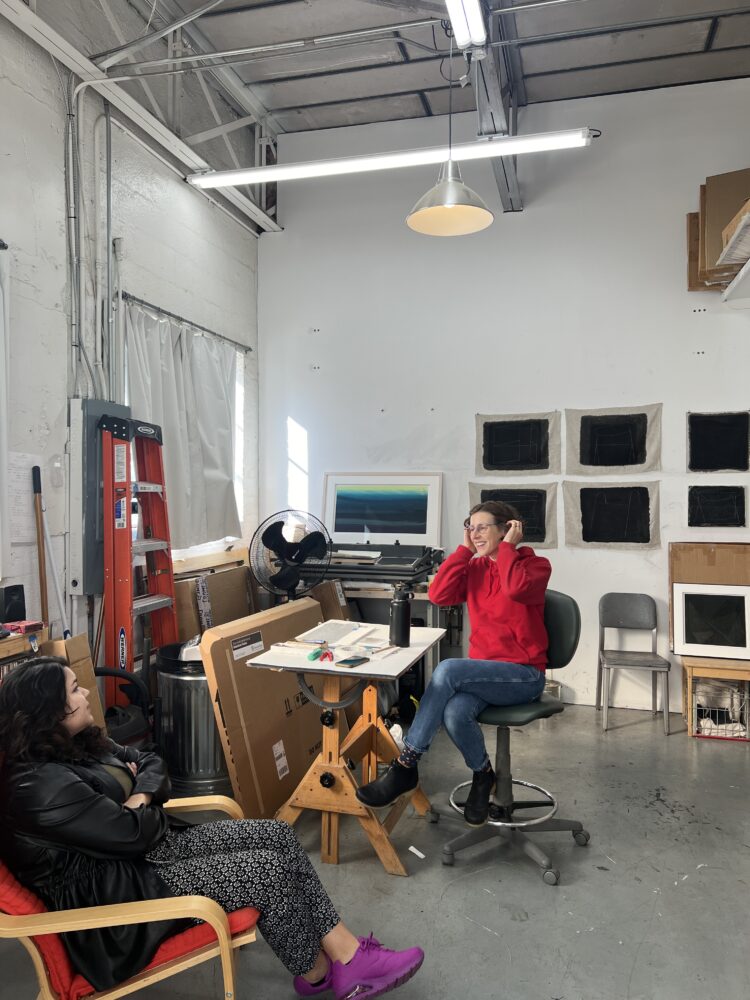
CARD Fellows Paloma Vianey and Anne Smith in Smith’s studio
How has this fellowship changed your views about the intersections of art and community?
The fellowship has reaffirmed my views about art and community—that the two are essential to each other and feed off one another. To be able to connect with others over work that is already important to me personally is deeply affirming. Those meaningful connections that happen in meeting face-to-face, listening, questioning, considering—they expand my practice and keep me from getting too narrow in my thinking. Being in community with others makes having an art practice so much more fruitful. The community that has grown from this fellowship does just that and will continue to do so.
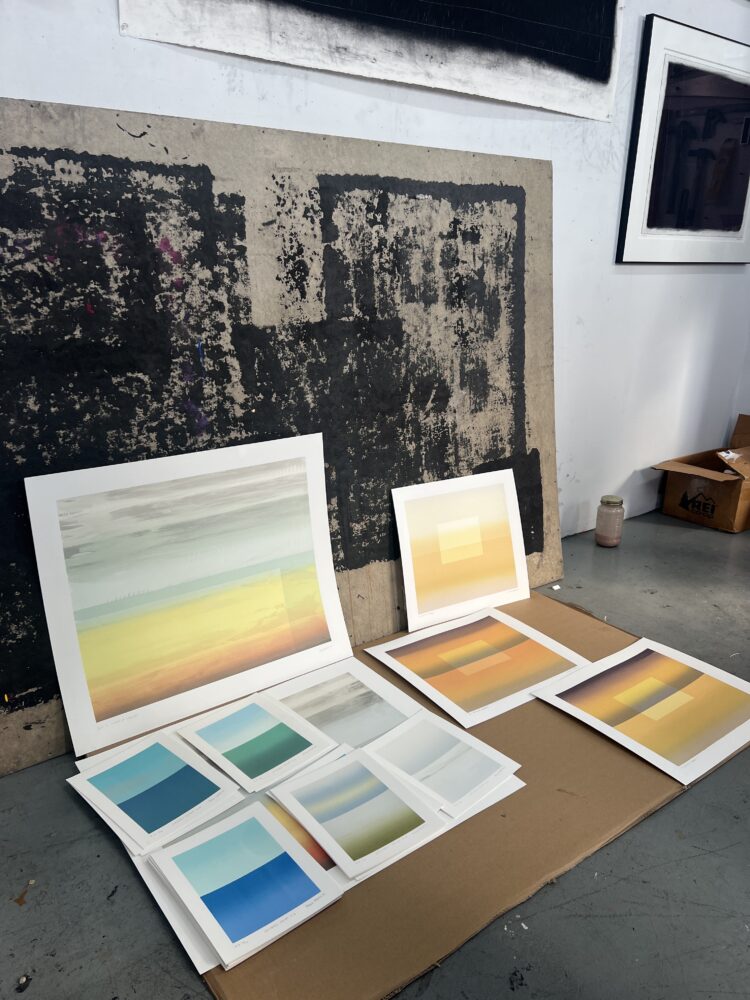
Multiple works by Anne Smith
What advice would you give to artists looking for fellowships or other opportunities to grow their careers?
Focus on building relationships. You will make your work no matter what, and what “making” means will look different at different times of your life. Connecting with other people who are also creative or interested in what you’re interested in—those relationships are what will sustain your practice and give meaning to what you do. And don’t be deterred by rejection letters! We all get plenty of them. Just keep going.
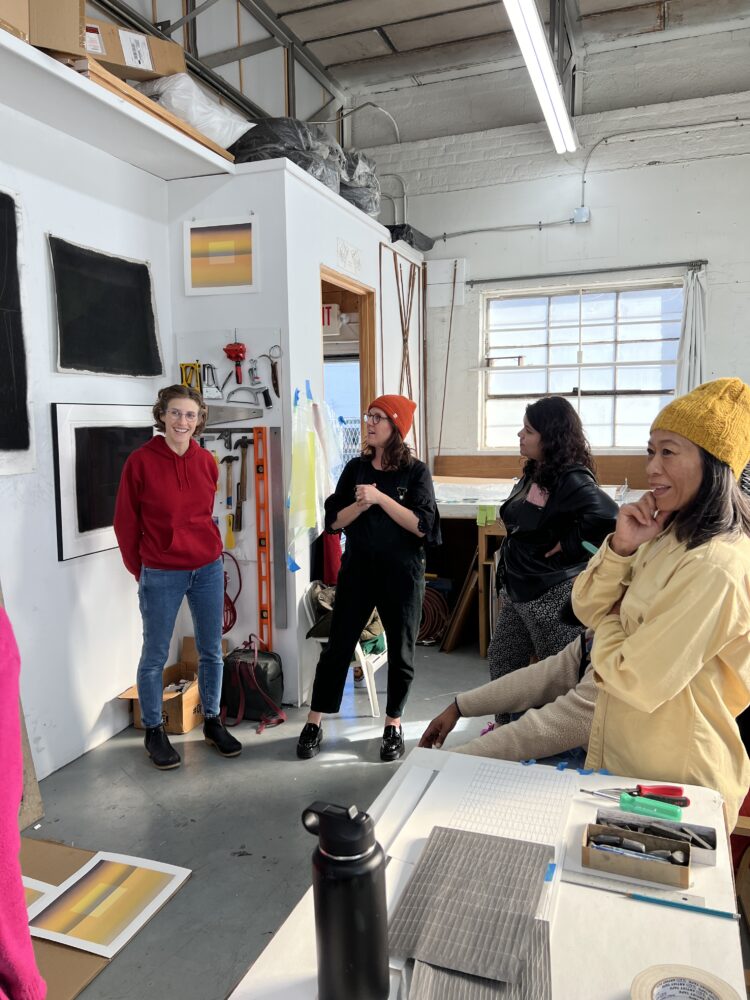
CARD Fellows and the Nicholson Project in Smith’s studio


